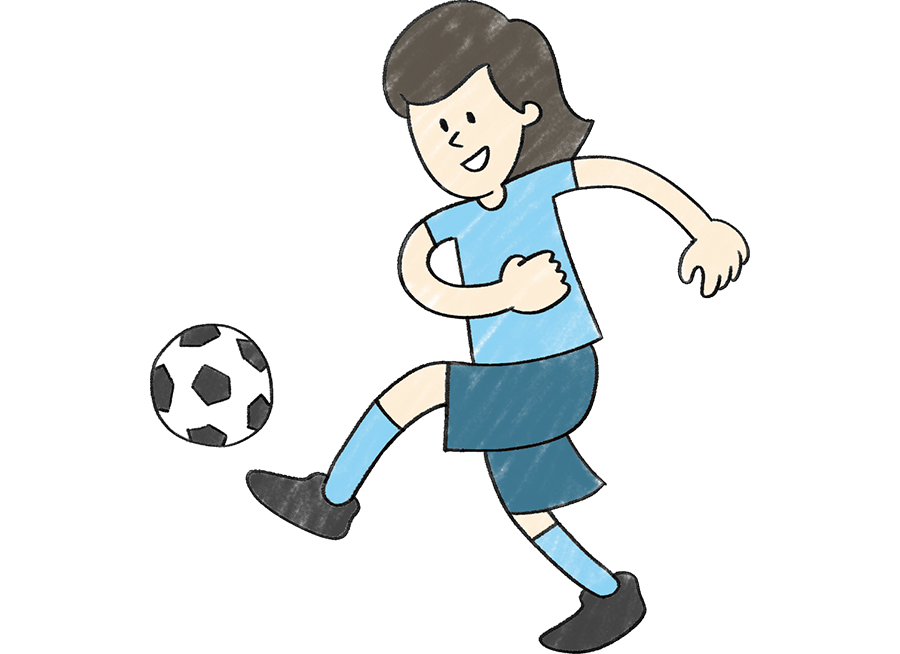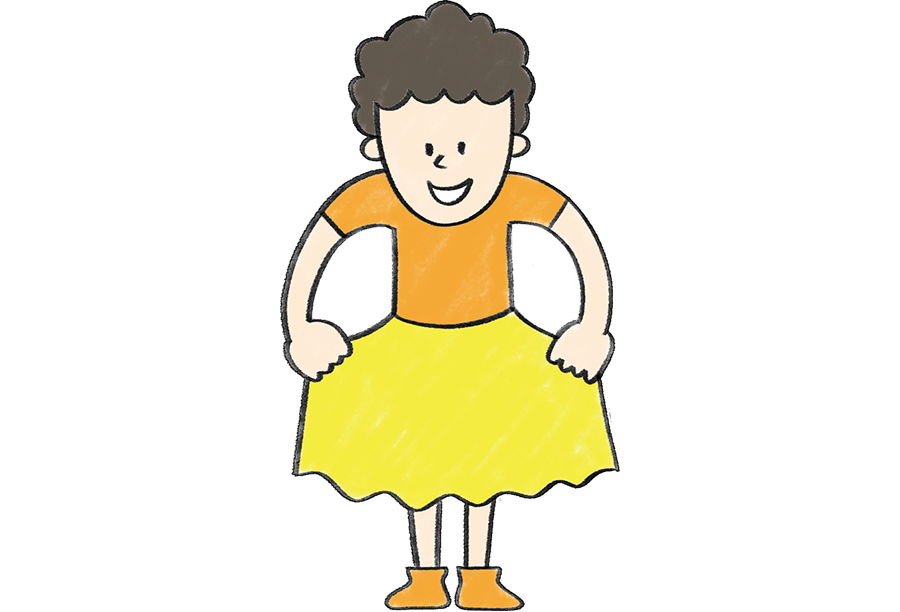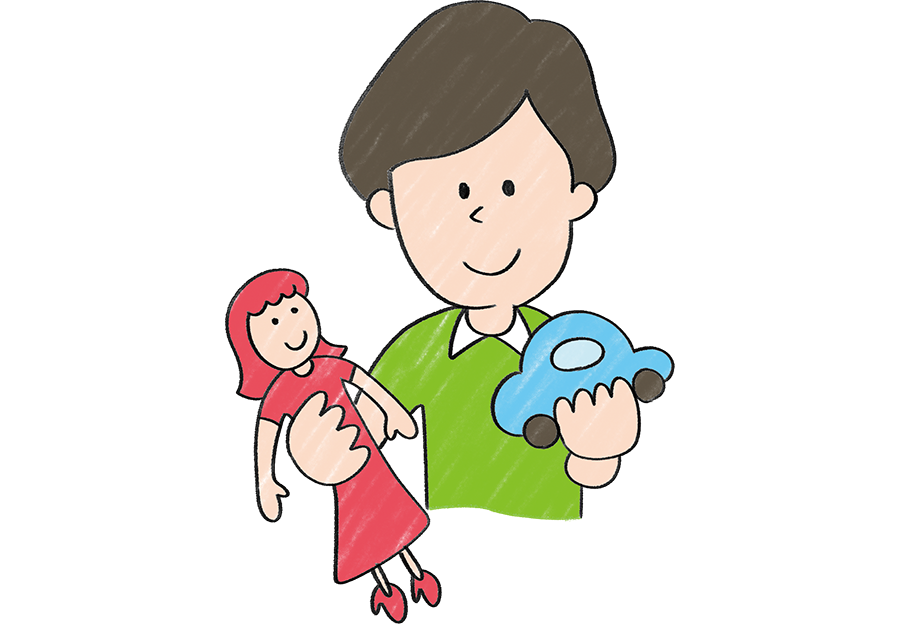Diversity in children
Girls who are not “girly”, boys who are not “boyish” are often made fun of, or bullied by those around them, making self-acceptance difficult.
Soccer is so fun! I want to continue playing, but some people say “but you’re a girl” and it makes me uncomfortable.

I love sparkly clothes! But will my friends laugh at me for wearing these?

We are best friends that can talk to each other about what we love. But it’s sad that some people will gossip and assume we are “more than friends”.

I don’t know which group to join when we’re divided into boys and girls. Is there something wrong with me?

For the people around children, we hope you accept the children and don’t judge the child and deny what they enjoy or love.
What is LGBTQ?
Sexuality is highly diverse and can change over time. When girly-ness or boyish-ness (gender roles) are forced, some children will have a difficult time accepting what they truly love, including themselves.
As a guide to consider individuality of the children, we’re introducing what “LGBTQ” stands for. Note that this will perfectly fit to some children and not so much to others. (There are statistics showing that 3-10% of the population are LGBTQ)
L
[ Lesbian ]Those who self identify as female,
and have a sexual orientation towards females
G
[ Gay ]Those who self identify as male,
and have a sexual orientation towards males
B
[ Bisexual ]Those who are attracted to more than one gender
T
[ Transgender ]Those who have a different gender identity
than the one assigned to them at birth
Q
[ Queer ]A term for other sexual minorities (*)
*Questioning
Those who are searching for their identity,
or decide not to identify as any